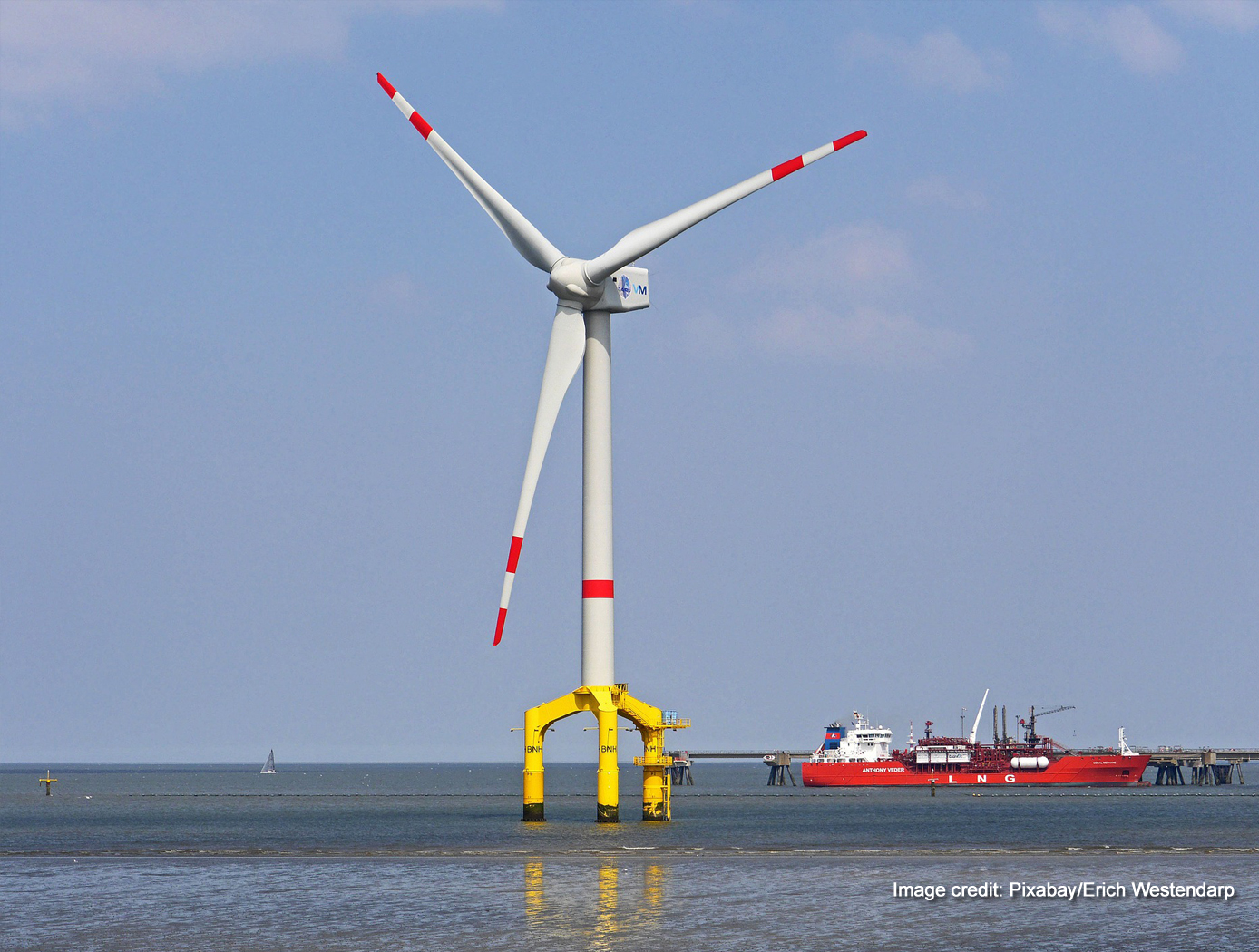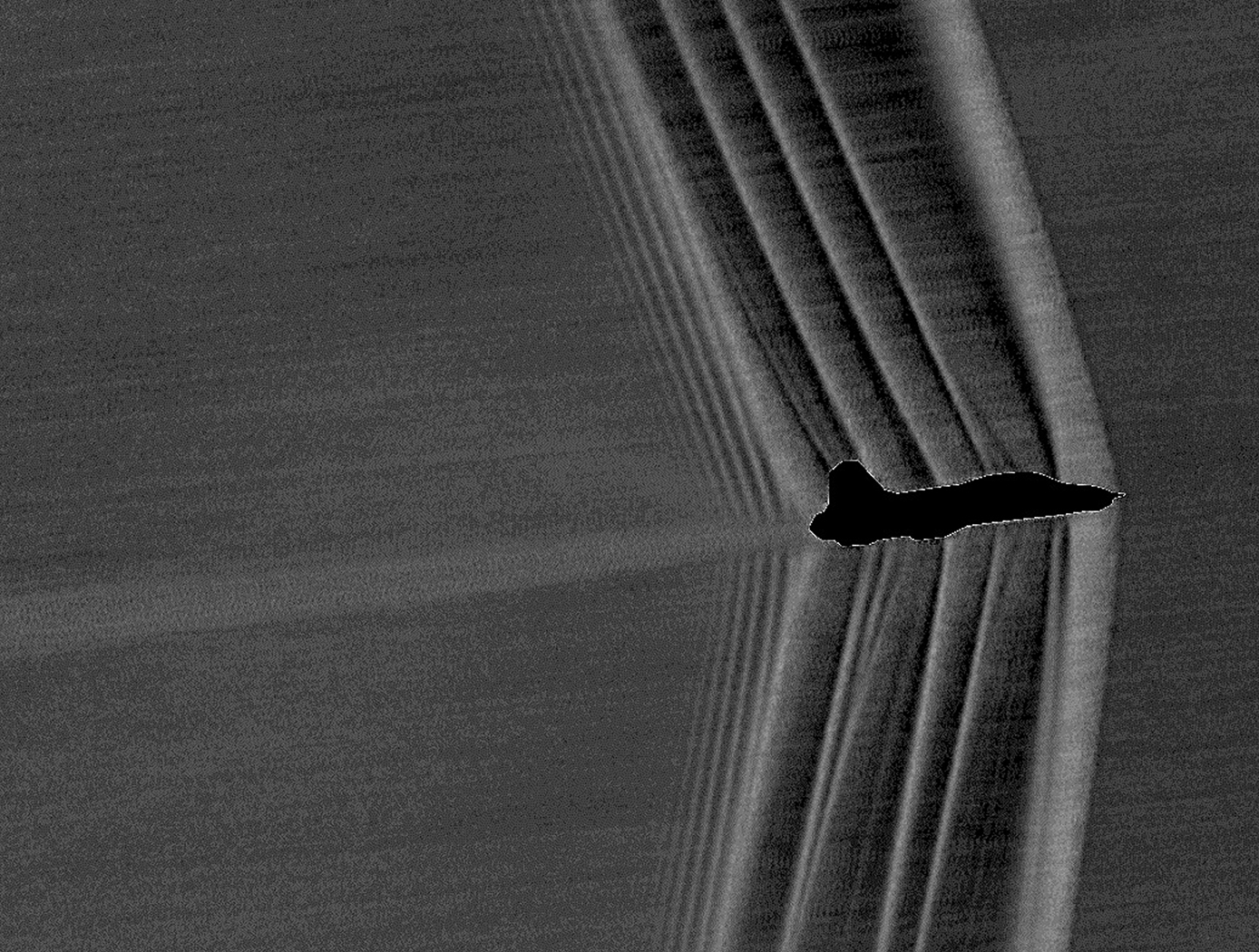As various industries move towards renewable energy, wind turbines present a reliable alternative energy source. NASA researchers have developed wind energy technologies that span a wide range of applications. From measurement warning systems for protecting turbines to more robust materials to build them, we have solutions that can help you develop better products. The following are a few examples of inventions in NASA's patent portfolio that are ripe for commercialization.
Long Range Wind Measurements with Wind Event Warning System (WEWS)
NASA's Langley Research Center has developed the Wind Event Warning System (WEWS). This high-energy Doppler LIDAR sensor measures approaching changes in wind and provides a practical early warning system for a severe change in the wind vector. This technology can provide sufficient warning time to protect turbines, allow time to ramp up or down an alternate power source, and has the capability for long-range wind measurements in clear air, which is critical for airports. WEWS sees use in offshore wind energy applications and airport long-range wind event monitoring and detection.
Stronger, Lightweight Complex Shapes Formed by Continuous Fiber Composites
Conventional methods of discontinuous fiber composites for forming complex shapes can produce defects, especially weakness and fatigue at the cut ends of the fibers. Innovators at NASA's Glenn Research Center have developed a technology that instead uses multiple layers of formable continuous fiber composite material, eliminating the cut ends that form a potential site for failure and filler material between plies. The Continuous Fiber Composite is 20% lighter than steel, has high strength, and can be designed to reduce vibration and noise in moving components such as gears. This technology presents an excellent opportunity for carbon fiber composite materials to be used in various applications, such as aerospace, aircraft, military, rotorcraft, power, turbines, and UAVs.
Noise Suppression Rotor Technology Improves Thrust and Stable Aircraft Operation
 Rotor noise in all rotorcraft can be hazardous at excessive levels. Several methods exist to address either vibrations or noise, but very few address both. NASA's Ames Research Center has developed a novel design and method for reducing rotor blade vibration and acoustic signatures in rotor systems. The technology reduces noise for passengers in the vehicle and people on the ground, increases thrust power, and allows for more stable aircraft operation. It has also been shown to improve the performance of rotor systems. These designs could be applicable in any system that uses rotors. Helicopters, drones, Unmanned Aerial Vehicles (UAVs), military/commercial/passenger aircraft, urban air mobility vehicles, gas turbine engines, wind turbines, and power plants could all benefit from this new technology.
Rotor noise in all rotorcraft can be hazardous at excessive levels. Several methods exist to address either vibrations or noise, but very few address both. NASA's Ames Research Center has developed a novel design and method for reducing rotor blade vibration and acoustic signatures in rotor systems. The technology reduces noise for passengers in the vehicle and people on the ground, increases thrust power, and allows for more stable aircraft operation. It has also been shown to improve the performance of rotor systems. These designs could be applicable in any system that uses rotors. Helicopters, drones, Unmanned Aerial Vehicles (UAVs), military/commercial/passenger aircraft, urban air mobility vehicles, gas turbine engines, wind turbines, and power plants could all benefit from this new technology.
Schlieren System Captures Brilliant Shockwave Images
 NASA's Background Oriented Schlieren Using Celestial Objects (BOSCO) technology uses a celestial object, such as the sun, as a background to secure unique, measurable shockwave images of full-scale aircraft. This patented image processing technology captures hundreds of observations with each shockwave, benefitting NASA engineers in their efforts to develop a supersonic aircraft that will produce a soft "thud" in place of a disruptive sonic boom.
NASA's Background Oriented Schlieren Using Celestial Objects (BOSCO) technology uses a celestial object, such as the sun, as a background to secure unique, measurable shockwave images of full-scale aircraft. This patented image processing technology captures hundreds of observations with each shockwave, benefitting NASA engineers in their efforts to develop a supersonic aircraft that will produce a soft "thud" in place of a disruptive sonic boom.
BOSCO is flexible and can be used without complicated equipment or setup, and it is location-independent to enable ground or aircraft-based use. BOSCO is also economical and works with commercial off-the-shelf (COTS) hardware. It can be applied for various uses, such as aircraft visualization of super/subsonic plumes, studying shockwaves and vortices, and analyzing flows caused by heating, wind turbines, and helicopters.
To browse NASA’s entire portfolio, please click here.
Follow us on LinkedIn, Twitter, and Facebook to stay up-to-date on all our latest technology offerings.



